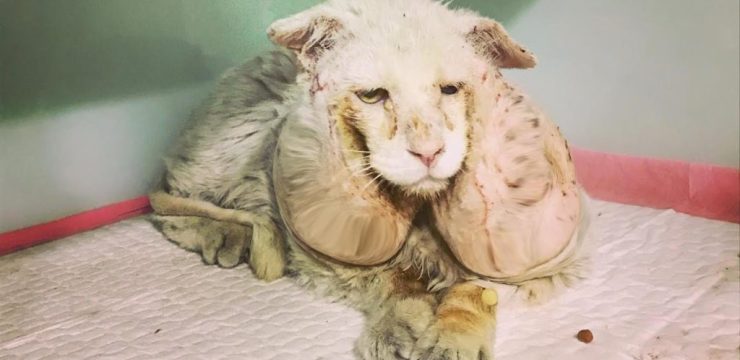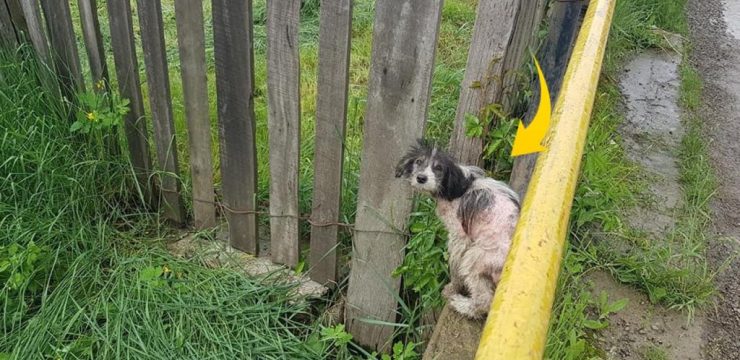Eating undercooked pork isn’t just about risking an upset stomach—it can actually lead to a severe parasitic infection known as cysticercosis. This condition was recently brought to public attention by Dr. Sam Ghali, whose viral post showed a CT scan that left many viewers horrified. The scan depicted a serious case of cysticercosis, caused by the pork tapeworm, Taenia solium. In this article, we’ll explore the causes, symptoms, and risks of cysticercosis, along with measures to ensure your pork is safely cooked.

What Is Cysticercosis?
Cysticercosis is a dangerous parasitic infection that occurs when a person ingests the eggs of the pork tapeworm. These eggs can make their way into the human body through contaminated food, water, or poor hygiene, such as not washing hands properly after using the bathroom. Once ingested, the eggs hatch into larvae that penetrate the intestinal walls and enter the bloodstream, allowing them to spread to other parts of the body, including muscles, eyes, and, in severe cases, the brain.
The Alarming CT Scan: A Real-Life Caution
Dr. Ghali’s social media post featured a CT scan of a female patient’s legs, showing several white patches, identified as “rice grain calcifications.” These are the result of the body’s immune response as it attempts to kill the larvae. While the body fights off the infection, calcifications form, indicating the presence of the tapeworm larvae.
How Does Cysticercosis Spread?
The spread of pork tapeworm usually occurs through the ingestion of eggs found in contaminated food or water, especially in regions with poor sanitation. Additionally, direct contact with an infected person can also transmit the eggs, particularly if proper hygiene practices are not followed.
Symptoms of Cysticercosis: What to Look For
The symptoms vary depending on where the larvae migrate and develop cysts. Key symptoms include:
- Muscle Pain and Swelling: If the larvae settle in the muscles, it can cause swelling, pain, and lumps under the skin.
- Vision Issues: If larvae spread to the eyes, they can cause vision disturbances or even blindness.
- Neurological Symptoms: The most serious form of the infection, known as neurocysticercosis, occurs when larvae reach the brain. This can result in severe headaches, seizures, confusion, and other critical neurological problems.
The Dangers of Neurocysticercosis
Neurocysticercosis is the deadliest form of this parasitic infection, affecting the brain and central nervous system. According to the World Health Organization (WHO), Taenia solium is responsible for about 30% of epilepsy cases in regions where the parasite is widespread, with some communities reporting it as a factor in up to 70% of cases. The condition can range from mild headaches to debilitating seizures, and in some cases, it can be fatal.
Treatment for Cysticercosis
The approach to treating cysticercosis depends on the infection’s severity and location in the body:
- Antiparasitic Medications: Drugs like albendazole or praziquantel are typically prescribed to kill the tapeworm larvae.
- Corticosteroids: These medications help reduce inflammation, particularly in cases involving the central nervous system.
- Antiepileptic Drugs: If seizures occur, antiepileptic drugs are used to manage symptoms.
- Surgery: In severe cases, surgical removal of cysts may be necessary, especially when the infection threatens critical organs.
How to Prevent Cysticercosis
Prevention is the most effective defense against cysticercosis. Here are some essential steps:
- Cook Pork Properly: Always cook pork to an internal temperature of at least 145°F (63°C) to kill any eggs or larvae.
- Practice Good Hygiene: Wash hands thoroughly with soap and water after using the bathroom, before handling food, and before eating.
- Avoid Contaminated Food and Water: When traveling to areas with poor sanitation, drink bottled water, avoid raw produce, and stick to well-cooked meals.
- Safe Waste Disposal: In regions where the parasite is common, ensure proper disposal of human waste to prevent the spread of infection.
Awareness: The Key to Prevention
Dr. Ghali’s viral post is a strong reminder of the importance of food safety and hygiene. While cysticercosis is less common in developed countries, it still poses a risk for those who consume undercooked pork or travel to areas where the tapeworm is prevalent. By understanding the risks and taking appropriate precautions, individuals can protect themselves and their families from this life-threatening infection.
Conclusion: Prioritize Food Safety
The CT scan shared by Dr. Ghali was more than just a viral image—it’s a call to action for everyone to take food safety seriously. Whether at home or traveling abroad, always ensure that pork is thoroughly cooked, practice good hygiene, and remain aware of the symptoms of cysticercosis. A little caution can significantly reduce the risk of encountering this severe parasitic infection.





